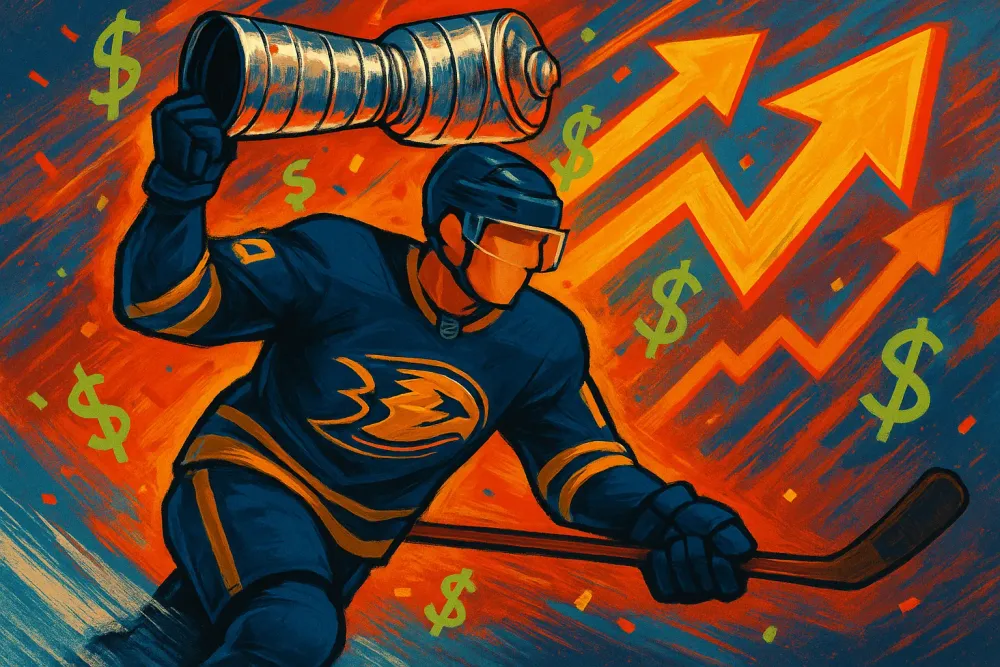NHL Introduces Groundbreaking Playoff Salary Cap Ahead of 2026 Playoffs

NHL Players' Association and League Reach Agreement
The NHL and the NHL Players' Association have made significant strides in their collective bargaining agreement (CBA), introducing a "rolling implementation" of changes that will establish a postseason salary cap, expected to take effect as soon as the 2026 Stanley Cup Playoffs. This major development was reported by TSN's Frank Seravalli, marking a shift in how teams can manage their rosters during the crucial playoff season.
Impact of the New Playoff Salary Cap
The introduction of a salary cap for playoff rosters is designed to limit teams' previous ability to leverage long-term injured reserve (LTIR) designations to acquire new players in the lead-up to the playoffs. Historical precedents, such as the Chicago Blackhawks' 2015 postseason success, have showcased how teams could exploit this rule to bolster their rosters. With the implementation of the new salary cap, this strategy will no longer be as effective, fundamentally altering the competitive landscape.
This change will prompt teams to reconsider their approaches as they prepare for the 2025-26 season. The playoff cap applies specifically to the 20 players active in each game, allowing for some flexibility as rosters can still be adjusted throughout the playoffs.
Additional Changes to the CBA
Aside from the salary cap changes, several other rules will take effect immediately, including a relaxation of player dress code regulations and a newfound ability for players to endorse alcoholic products—a restriction that was in place under the prior CBA.
Future Considerations for Teams
It's important to note that while teams will face limitations under the new systems, they will still have some options regarding LTIR. Clubs can now only receive the league's annual average salary in LTIR relief, which was just over $3.8 million last season, rather than the full cap hit of the injured players.
Looking ahead, a key deadline looms on September 15 of next year. Any player contracts signed before this date will adhere to the former CBA rules, while contracts signed thereafter will fall under the new agreement, shaping the future landscape of NHL team management and strategy.









